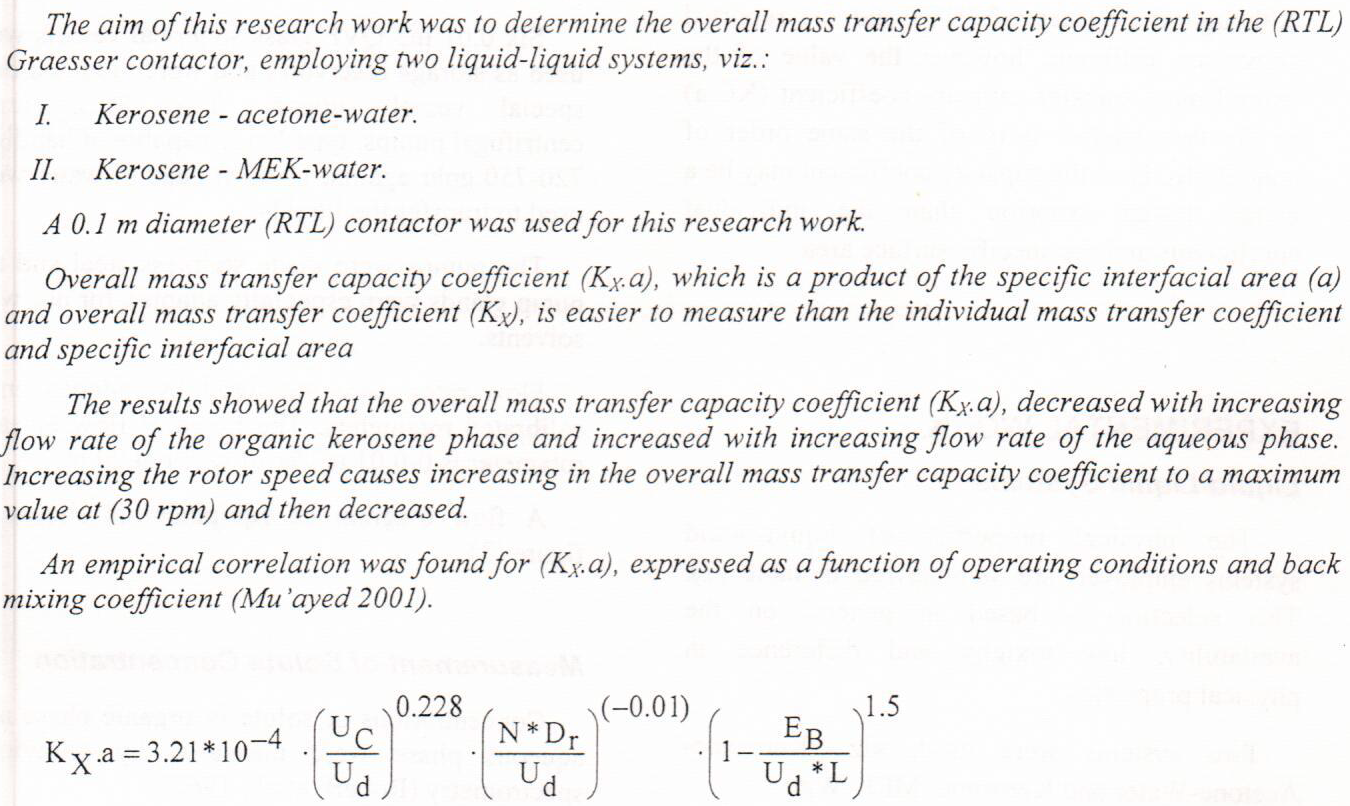
Technology developed at very rapid paces in the last decade of the twentieth century and what followed, especially communication technology, as the World Wide Web appeared in the mid-nineties of the last century, Facebook in 2004 and 2006, the mobile phone, 1993, 1994, and social networking sites. The other. These technological developments have had an impact on societies, whether among individuals in one country or among different peoples. The citizen in any part of the world has become a journalist who practices the work of a specialized or professional journalist, even if he does not know how to read and write, or has a low level of education, as he can now transmit events from wherever he is to the world, through his personal page, or v
... Show MoreThe purpose of this paper is to gain a good understanding about wake region behind the car body due to the aerodynamic effect when the air flows over the road vehicle during its movement. The main goal of this study is to discuss the effect of the geometry on the wake region and the aerodynamic drag coefficient. Results will be achieved by using two different shapes, which are the fastback and the notchback. The study will be implemented by the Computational Fluid Dynamic (CFD) by using STAR-CCM+® software for the simulation. This study investigates the steady turbulent flow using k-epsilon turbulence model. The results obtained from the simulation show that the region of the air separation behind the vehicle
... Show MoreThis paper reports an experimental study regarding the influence of vertical oscillations on the natural convection heat transfer from a vertical channel. An experimental set-up was constructed and calibrated; the vertical channel was tested in atmosphere at 25o
C. The channel-to-ambient temperature difference was varied with the power supply to the electrical heater ranging between
15W to 70W divided into five levels. Data sets were measured under different operating condition from a test rig under six vibrating velocities (VVs) levels ranging from (5-30 m/s) in addition to the stationary state. The results show that the maximum heat transfer enhancement factor (E) occurs at Rayleigh number (Ra=2.328×103 ) and vibrational Reynol
The transfer function model the basic concepts in the time series. This model is used in the case of multivariate time series. As for the design of this model, it depends on the available data in the time series and other information in the series so when the representation of the transfer function model depends on the representation of the data In this research, the transfer function has been estimated using the style nonparametric represented in two method local linear regression and cubic smoothing spline method The method of semi-parametric represented use semiparametric single index model, With four proposals, , That the goal of this research is comparing the capabilities of the above mentioned m
... Show MoreBackground. Body mass index (BMI) is a person's weight in kilograms (or pounds) divided by the square of height in meters (or feet). Obesity affects a wide spectrum of age groups, from the young to the elderly, and there are several eye diseases related to obesity like diabetic retinopathy, floppy eyelid syndrome, retinal vein occlusion, stroke-related vision loss, age-related macular degeneration, and possibly, refractive errors. Refractive errors (RE) are optical imperfections related to the focusing ability of the eye and are the main cause of visual impairment which may result in missed education and employment opportunities, lower productivity and impaired quality of life. Aim. The study aimed to find an association between bod
... Show More (3)
(3)
 (2)
(2)
Collapse of the vapor bubble condensing in an immiscible is investigated for n-pentane and n-hexane vapors condensing in cold water and n-pentane in two different compositions of glycerin- water mixture. The rise velocity and the drag coefficient of the two-phase bubble are measured.
 (2)
(2)
The aim of this paper is to determine the flexural moment capacity of Reactive Powder Concrete (RPC) two-way slabs based on three models proposed by previous studies (Model 1, Model 2, and Model 3). The results obtained from these models were compared with those obtained from experimental work to check the accuracy and the applicability of the adopted theoretical models. The experimental program included the testing of three simply supported RPC two-way slabs (1000x1000x70) mm each. The tested specimens had identical properties except their steel fibres volume ratios (0.5 %, 1 %, and 1.5 %). The comparison with the experimental data showed that (Model 3) is the most suitable one among the three models. Model 1 was found to underestimate the
... Show More (1)
(1)
The inelastic longitudinal electron scattering form factors are calculated for the low-lying excited states of 7Li {the first excited state 2121TJ (0.478 MeV) and the second excited state 2127TJ (4.63 MeV)}. The exact value of the center of mass correction in the translation invariant shell model (TISM) has been included and gives good results. A higher 2p-shell configuration enhances the form factors for high q-values and resolves many discrepancies with the experiments. The data are well described when the core polarization (CP) effects are included through effective nucleon charge. The results are compared with other theoretical models.
Keyword: 7Li inelastic electron scattering form factors calculated with exact
